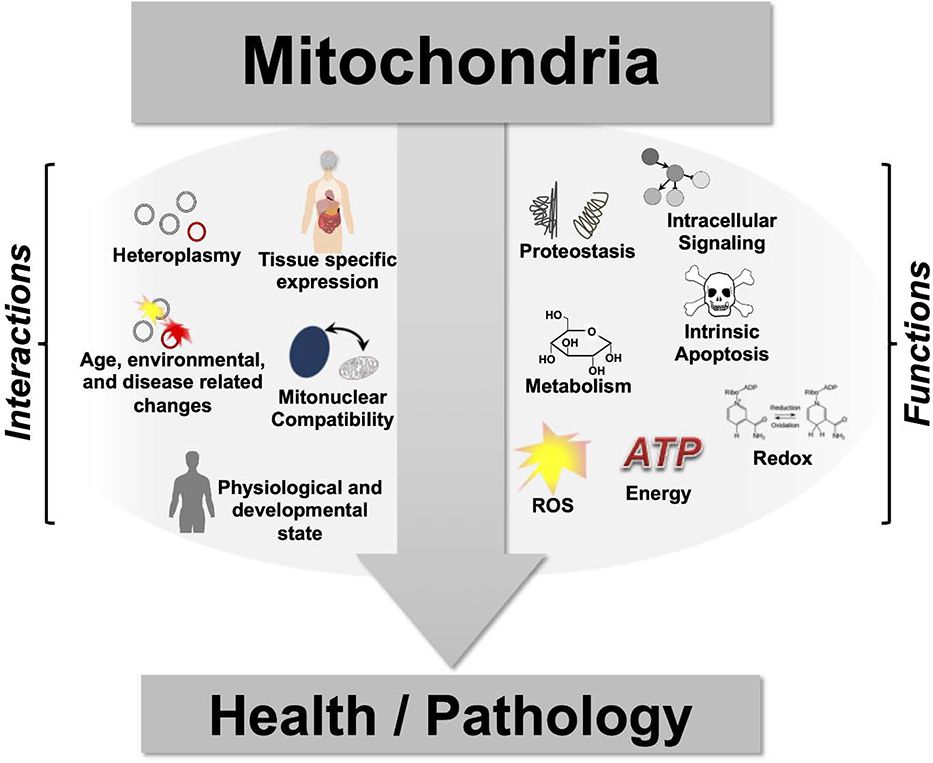Figure 7 – The role of mitochondria in human disease.
Determining the precise role of mitochondrial in disease is complicated by both the diverse biological functions mitochondria play and the complex nature of mitochondrial form and function. In addition, various primary causes can trigger mitochondrial dysfunction, including nuclear genetic defects, mitochondrial heteroplasmy, mitonuclear interactions, environmental insults, and age-related macromolecular damage accumulation. Data indicates that presentation of mitochondrial dysfunction is influenced by function impacted and tissue expression of impacted genes, but the mechanisms underlying presentation of any specific defect are often unknown. A systems approach considering mitochondrial biology, cellular interactions, tissue expression, and organism physiology, will be necessary to fully define the role of mitochondria in human health and disease.

